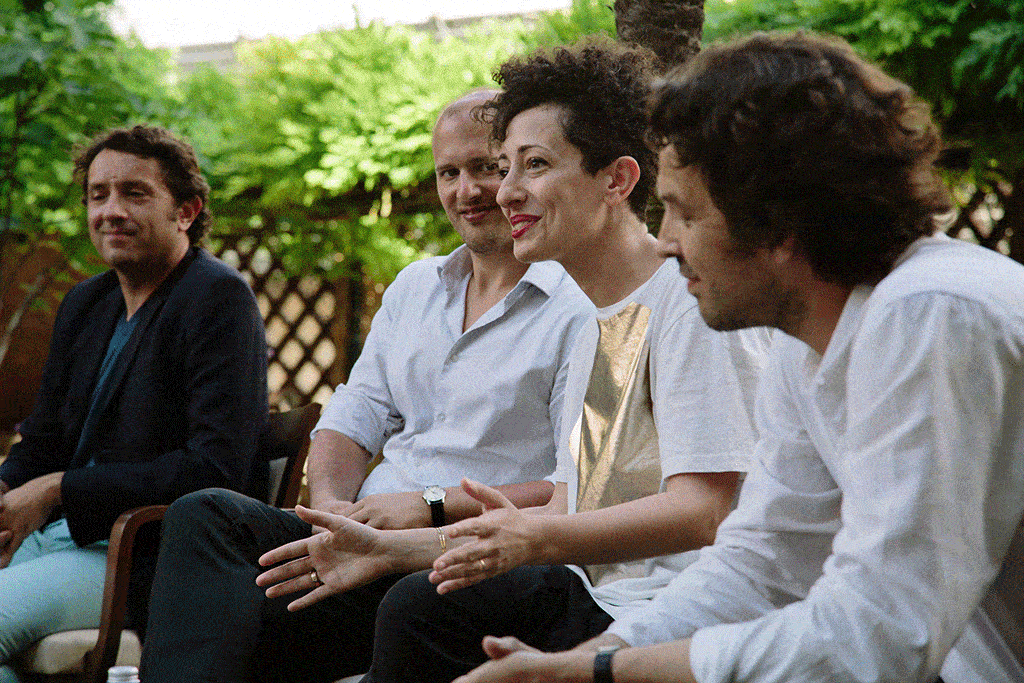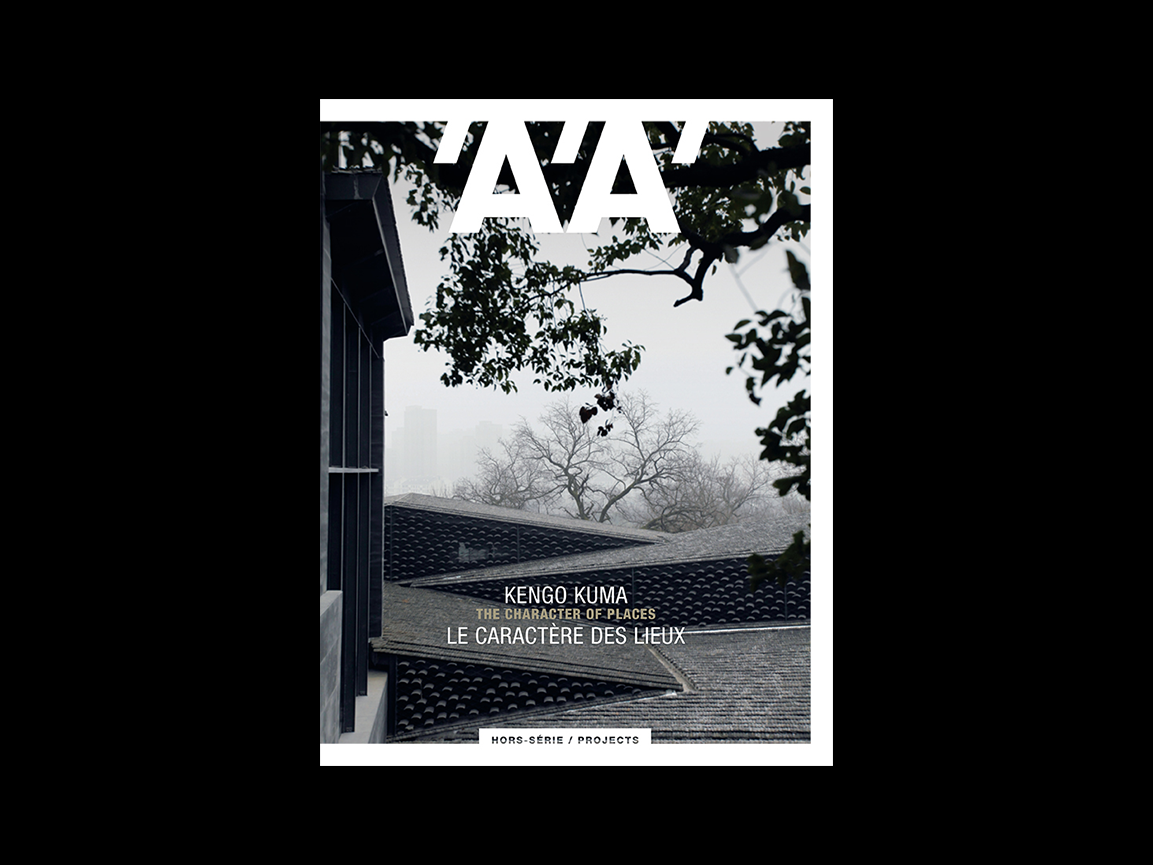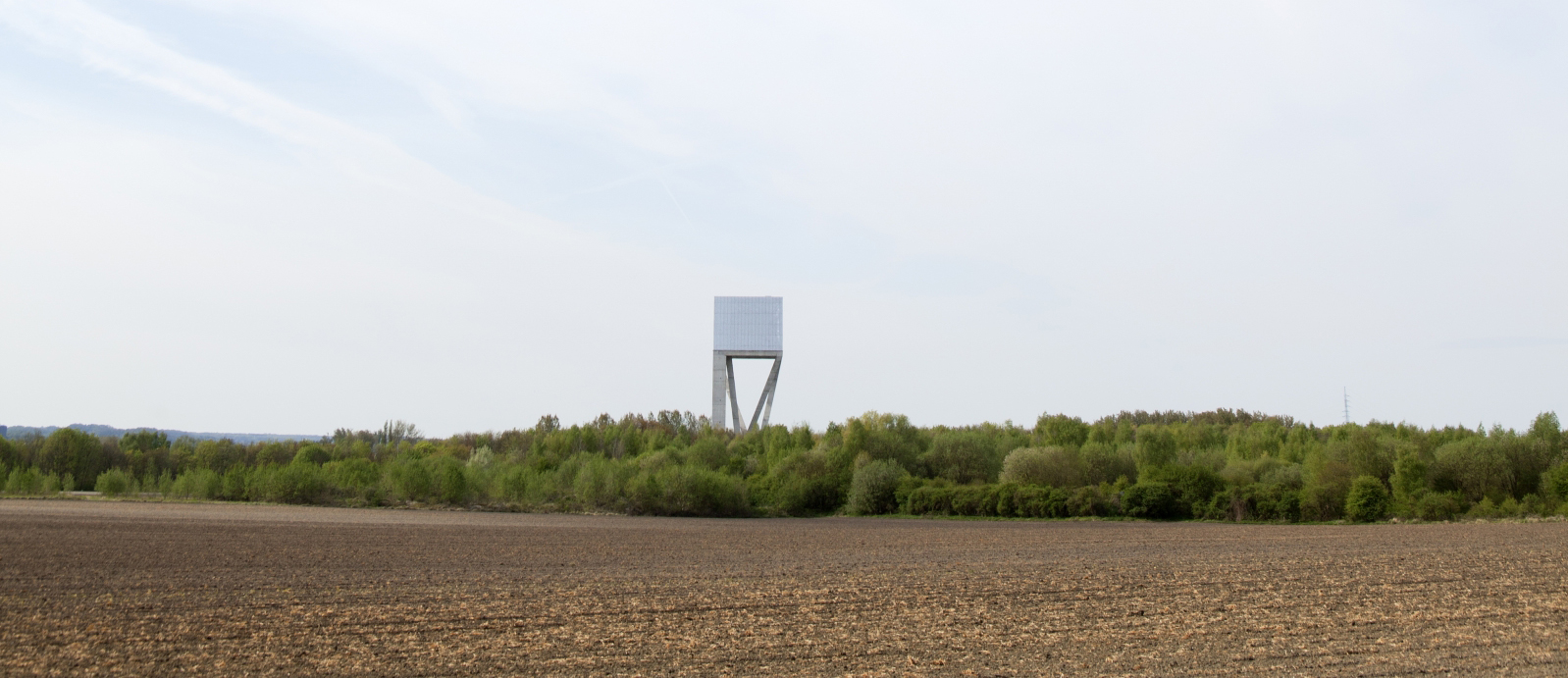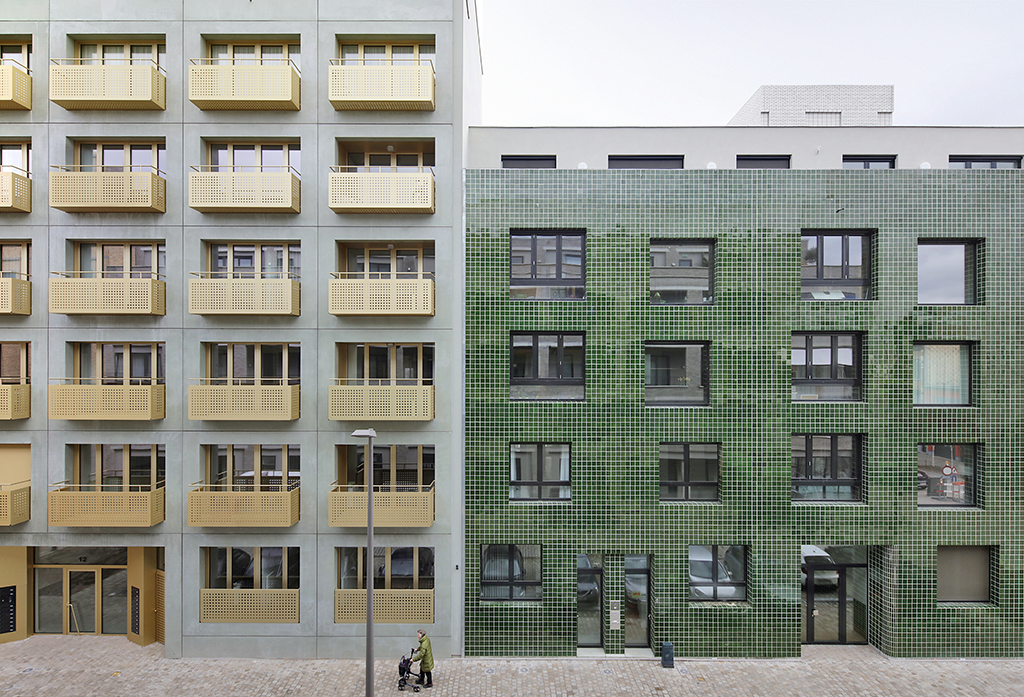Freespace: the AA round-table at Venice Biennale
“Freespace”. As expected, there were just as many interpretations of Farrell and McNamara’s theme for the 16th Venice Architecture Biennale as there were participants. To discuss those definitions, AA had organised a round-table during the press preview days, bringing together architects Ludovica Di Falco, Lina Ghotmeh, Clément Blanchet and Nicolas Laisné, along with Guillaume Loizeaud, building division director at Reed Expositions France.
The latter highlighted the return to a “basic” with the “free space” theme. “We’re talking about it as if it was a new trend back in fashion again whereas it’s actually a basic that we probably had lost sight of”, he pointed out. How does one create free space? Is it the same thing as costless space? According to the architects, costless space is more than an economic equation: “It is space without a determined use”, underlined Ludovica Di Falco. They all agreed: “Even public spaces are not costless”. “As our free time is monopolised by acts of consumption, are there still any free spaces left?” wondered Clément Blanchet.
For this former OMA collaborator, the challenge for architects now lies in preserving the rare areas of existing free land, and not making them visible. Giving a more classical definition, Nicolas Laisné defined costless space as public space. “And yet with the blurred frontiers between public spaces and private ones, today, public space is where unexpected situations happen”, he commented, adding that the danger lies in “overly planning spaces” in our highly risk-averse societies. What about additional space? The answers of these fortysomethings would probably come as a shock to their elders, the public-bid generation. “Sometimes there are more opportunities for experimenting in the private sector than the public one”, according to Di Falco. “There’s always someone who pays for something”, Loizeaud then reminded us, observing that private players also look more kindly on anything involving created value, including bigger volumes or additional space. “I would talk about added value rather than additional space,” said Lina Ghotmeh. Privatising semantics as well as the profession? According to Blanchet, the various “calls for innovative projects” launched over the past few years have given the profession a chance to “clarify budgetary questions”. “At a time when everyone is being asked to build more, better, at a smaller budget –which is impossible– your role has never been so important: who else, apart from architects, can provide the right vision in the right place for the right price?” concluded Loizeaud. But which architects can pull off this endeavour successfully? The children of the French public sector or their youngest, true ambassadors of the private sector?
See the round-table in its entirety:
Biennale 2018_version longue from L’Architecture d’Aujourd’hui on Vimeo.





